20 June 1778 Saturday
. . . . . .
1789
Descrizione dei circhi, particolarmente di quello di Caracalla e dei giochi in esso celebrati
Description of circuses, particularly that of Caracalla and the divine games celebrated in it
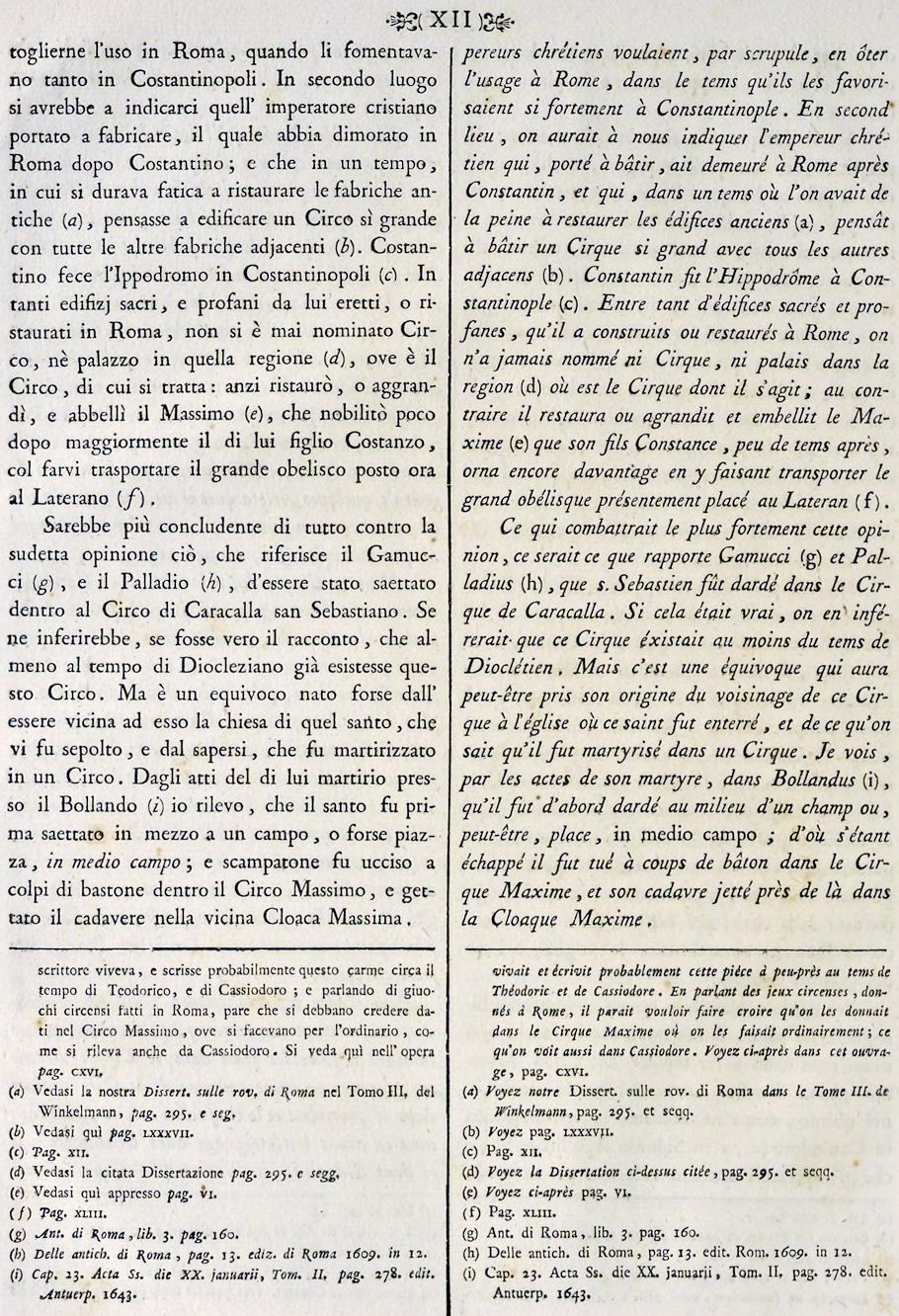
To make this conjecture plausible, it would first be necessary to demonstrate that the non siensi games continued to be played always in the Circus Maximus as usual even in the fourth century, and in the fifth, as we have evidence of this in Cassiodorus (d), and in Sidonius Apollinaris ( And); and that the Christian emperors scrupulously wanted to remove their use in Rome, when they were so inciting them in Constantinople. In the second place, we would have to point out to us that Christian emperor inclined to manufacture; who lived in Rome after Constantine; and that at a time when it was hard to restore the ancient buildings (a), he thought of building such a large circus with all the other adjacent buildings (b). Constantine made the Hippodrome in Constantinople (c). In so many sacred and profane buildings erected or restored by him in Rome, the circus has never been named, nor the palace in that region (d), where the circus is concerned: indeed he restored, or enlarged, and embellished Massimo (e), who shortly afterwards ennobled his son Costanzo even more, by having the large obelisk now placed in the Lateran (f) transported there.
What would be more conclusive than anything against the aforementioned opinion is what Gamucci (g) and Palladio (h) reports of San Sebastiano having been shot inside the Circus of Caracalla. One would infer from this, if the story were true, that this circus already existed at least in the time of Diocletian. But it is a misunderstanding perhaps born from being close to the church of that saint, who was buried there, and from knowing that he was martyred in a circus. From the acts of his martyrdom at Bollando (i) I note that the saint was first shot in the middle of a field, or perhaps a square, in the middle field; and the survivor was killed with a stick inside the Circus Maximus, and the body thrown into the nearby Cloaca Maxima.
32 y.o. Francesco Piranesi 1 August 1790
Raccolta de'Tempj antichi, Vol. II.
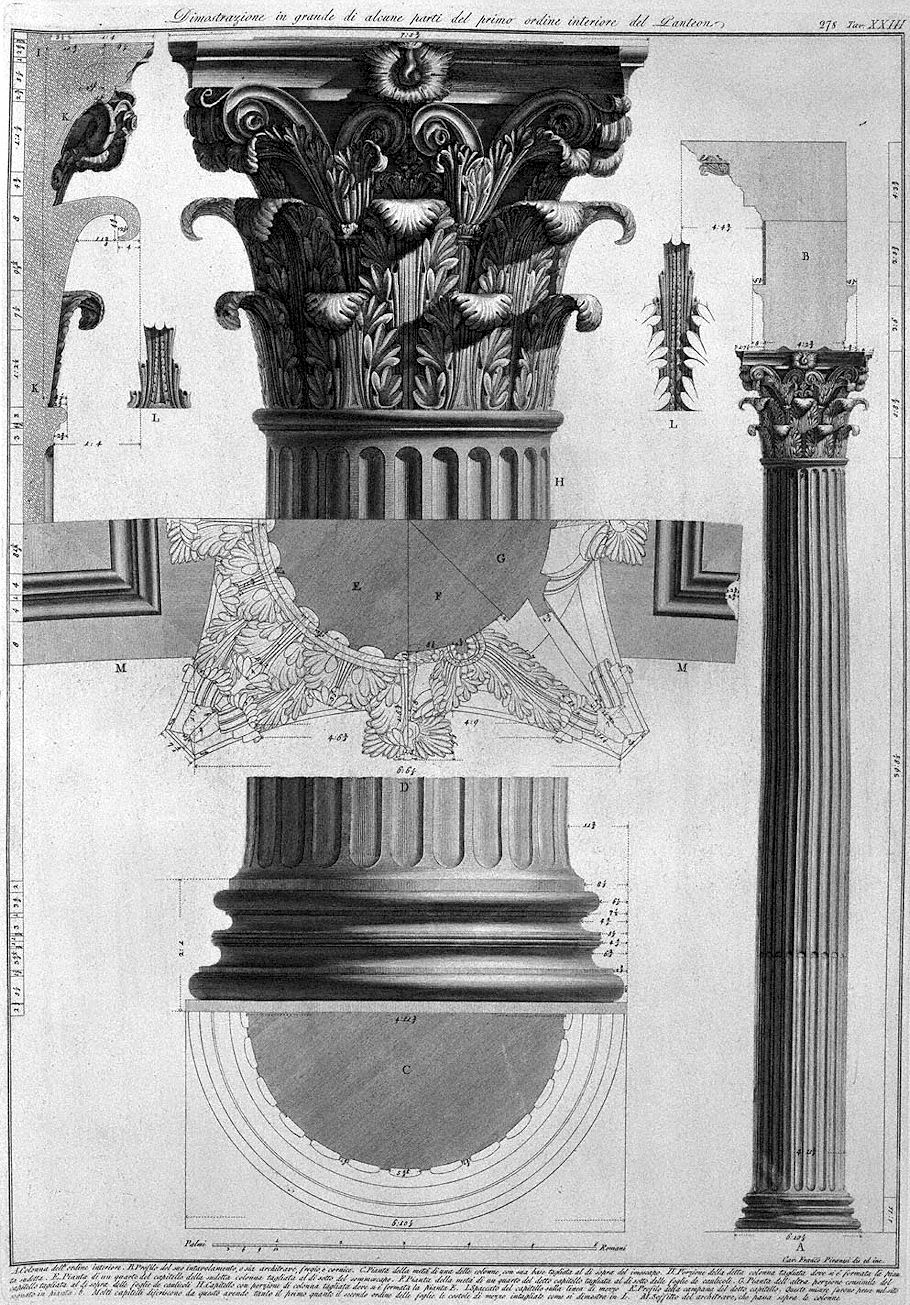
Large demonstration of some parts of the first internal order of the Pantheon
A. Column of the inner order. B. Outline of its tablature, either lintel, frieze, and cornice. C. Plan of half of one of the columns, with its base cut off above the imoscapo. D. Portion of the said column cut where the aforementioned plant was formed. E. Plan of a quarter of the capital of the aforementioned column cut below the sommoscapo. F. Plant of half of a quarter of said capital cut below the leaves of the caulicles. G. Plan of the other similar portion of the capital cut above the leaves of the caulicles H. Capital with portion of the column cut where the plan was formed E. I. Cutaway of the capital on the middle line K. Profile of the bell of the said capital. These measurements were taken at the site marked on plan 6. Many capitals differ from this one by having both the first and second order of leaves the middle ribs carved as shown in L. M. Ceiling of the architrave, which passes over the columns
Cav. Francesco Piranesi drawn and engraved
20 June 1812 Saturday
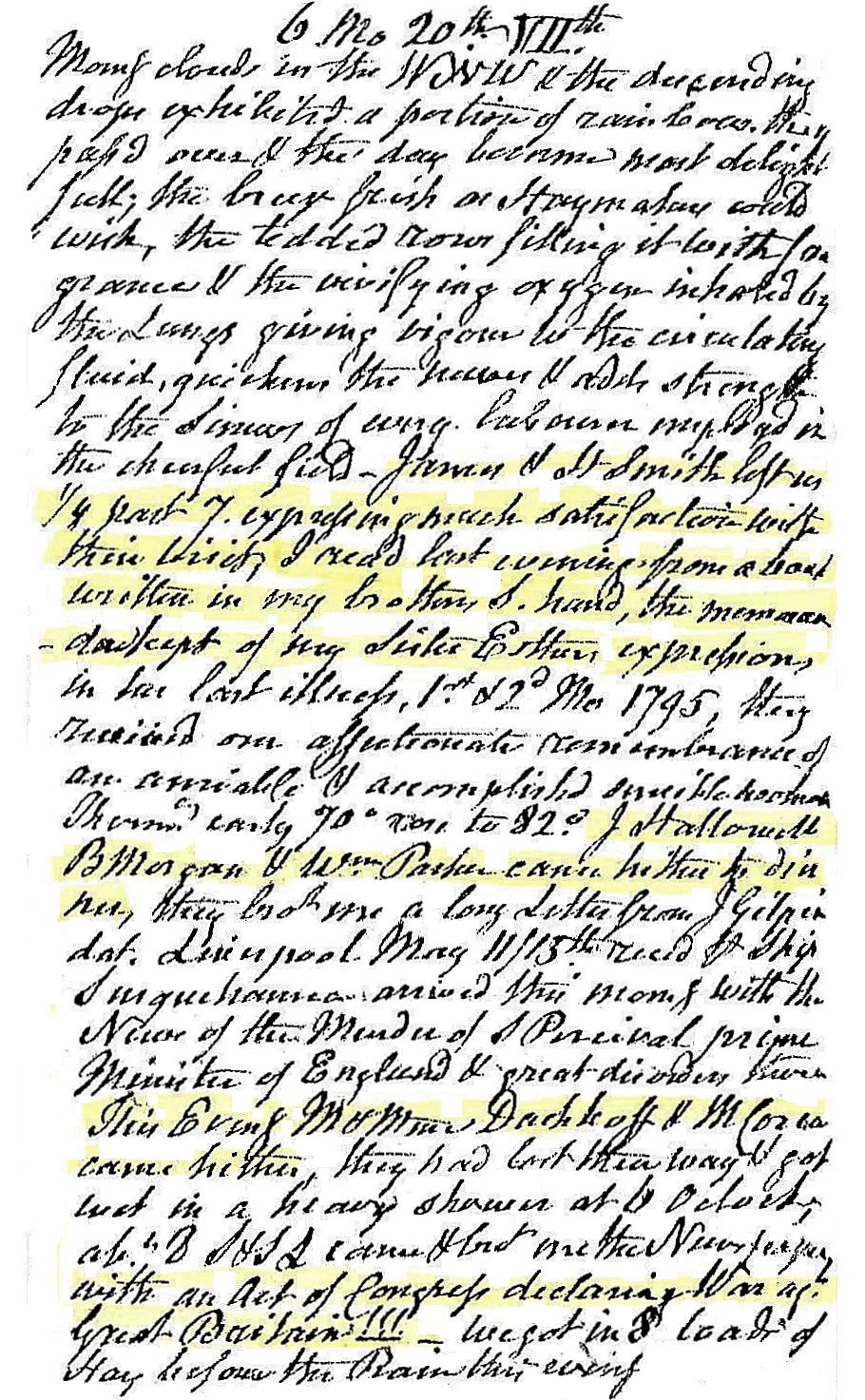
Morning clouds in the WNW and the descending drops exhibited a portion of rainbow. They passed over and the day became most delightful. The breeze fresh as hay makers could wish, the ...... rows filling it with fragrance and the vivifying oxygen inhaled by the lungs giving vigor with the circulating fluids quickening the nerves and adds strength to the sinews of every laborer employed in the cheerful field. James and H. Smith left us 1/5 past 7 expressing much satisfaction with their visit. I read last evening from a book written in my brother's S. hand, the memoranda kept of my sister Esther’s expressions in her last illness, January and February 1975. They received our affectionate remembrance of an amiable, accomplished, sensible woman. Therm. early 70° rose to 82°, J. Hallowell, B. Morgan and Wm. Parker came hither to dinner. They brought me a long letter from J Gilpin dated Liverpool May 11/15th, read[?] the ship Susquehanna arrived this morning with the news of the murder of S. Percival, Prime Minister of England and great disorder there. This evening Mr. & Mrs. Dashkoff and Mr. Correa came hither. They lost their way and got wet in a heavy shower at 6 o’clock. About 8 S. & S.L. came and brought me the newspaper with an Act of Congress declaring War against Great Britain!!! -- We got in 8 loads of hay before the rain this evening.
20 June 1998
Encyclopedia Ichnographica
...an encyclopedia of my entire redrawing and research process.
...complicated because many of the entries overlap, and even though I have the use of hyperlinks, it is still going to require much work in fitting all the pieces together.
20 June 2001
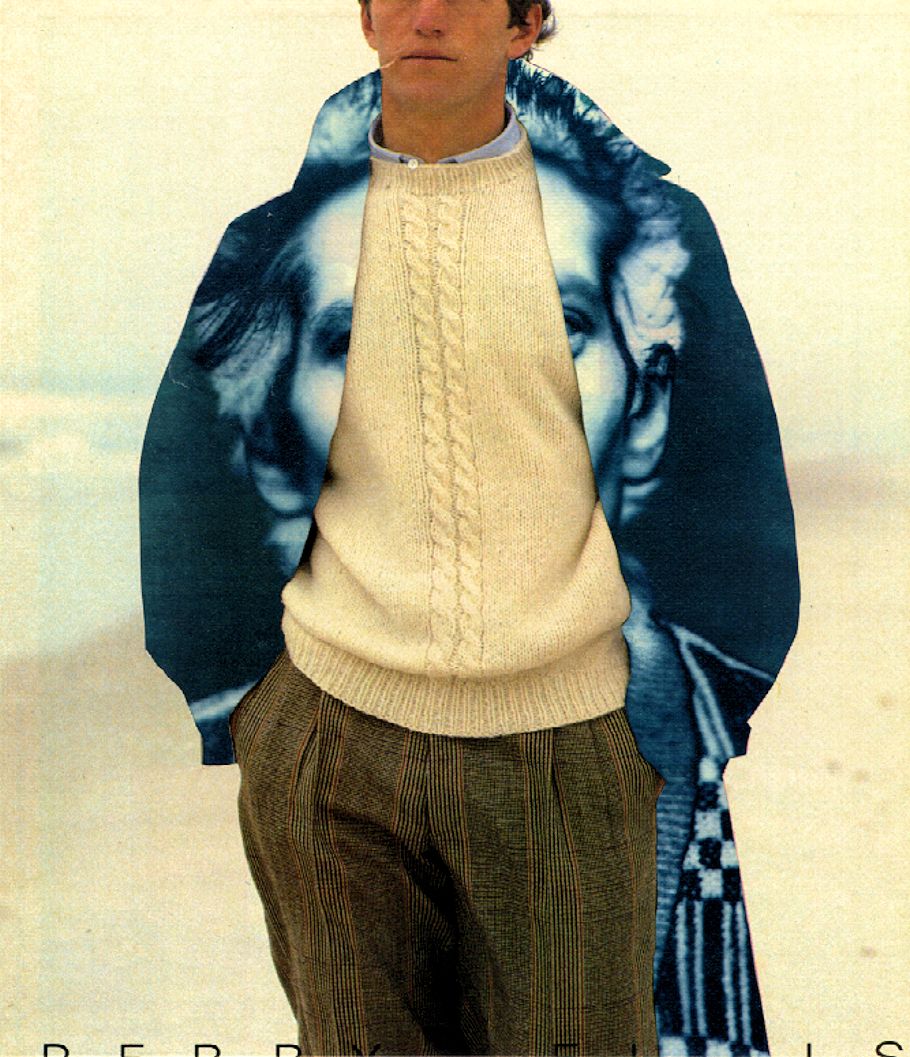
Fashion Statement 003
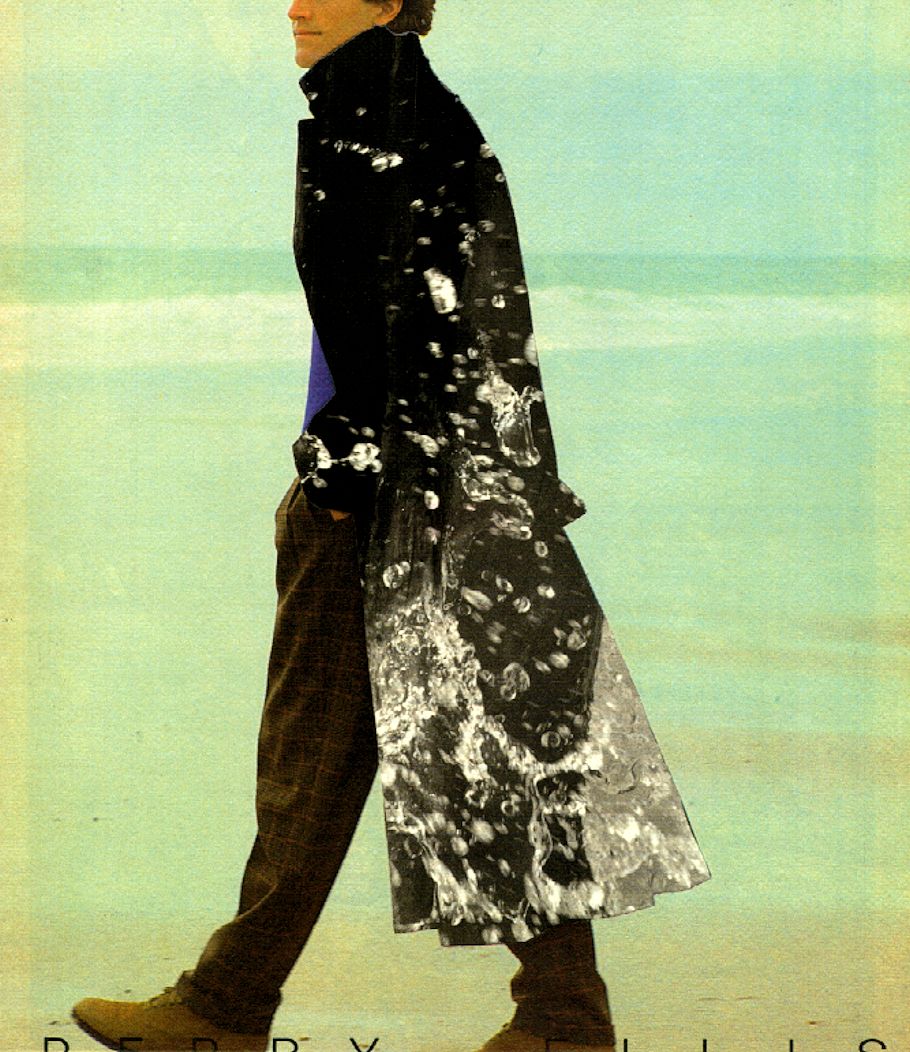
Fashion Statement 005
20 June 2012
Just to spice up the debate a bit......Here's a cosmic question to ponder...
Architecture from the planet Queastio Abstrusa, 11 light years ago:

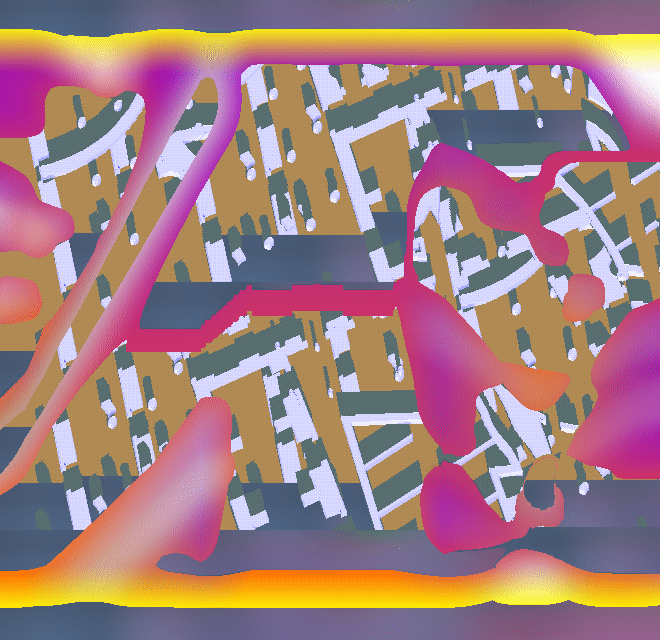

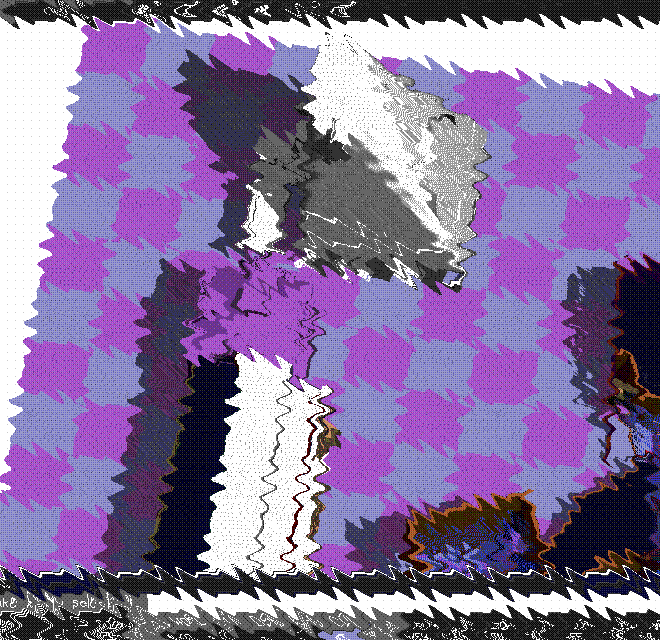
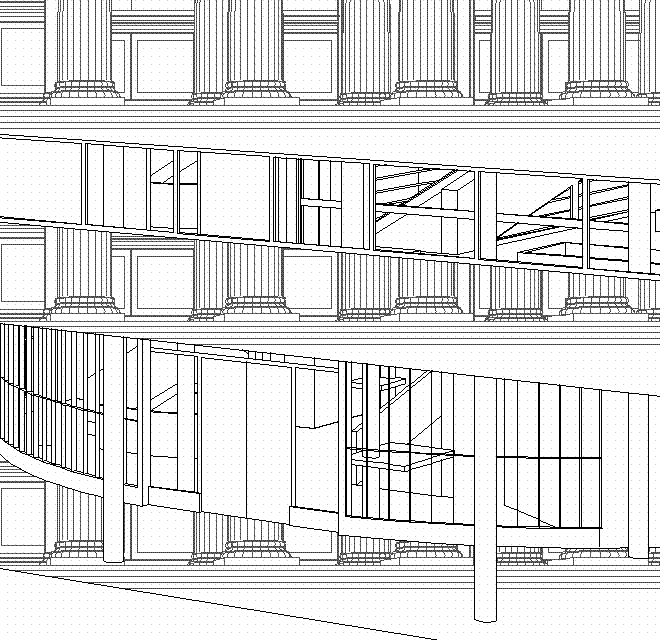
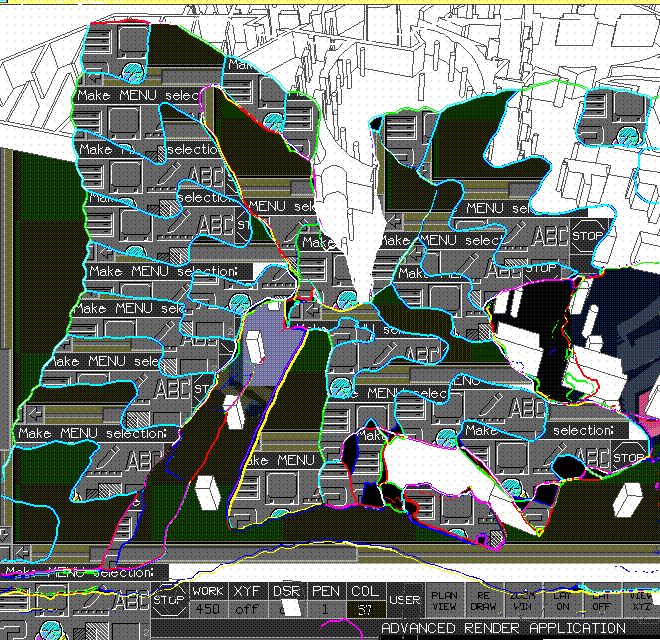
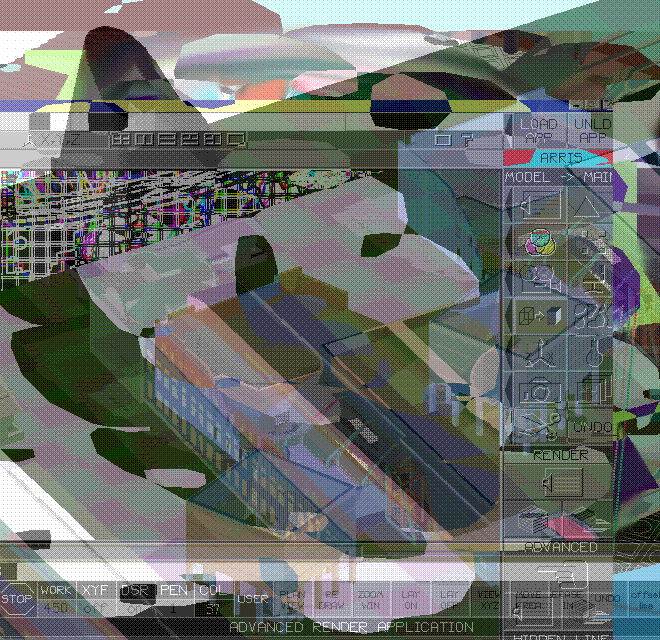
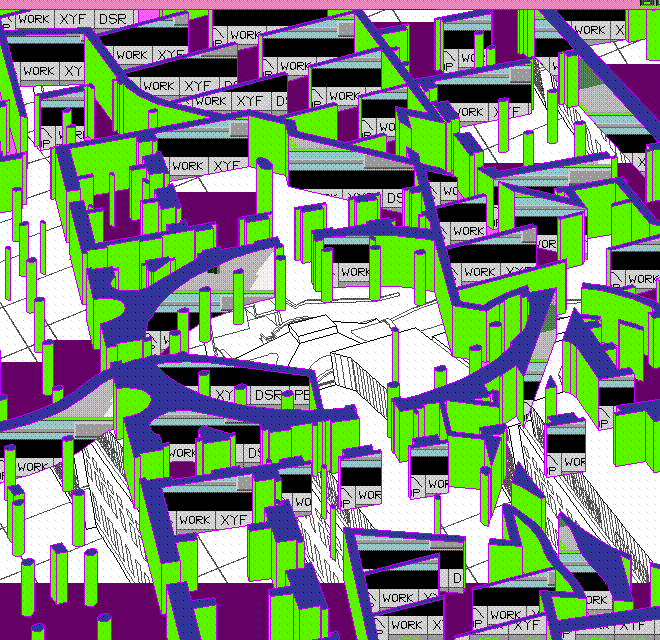
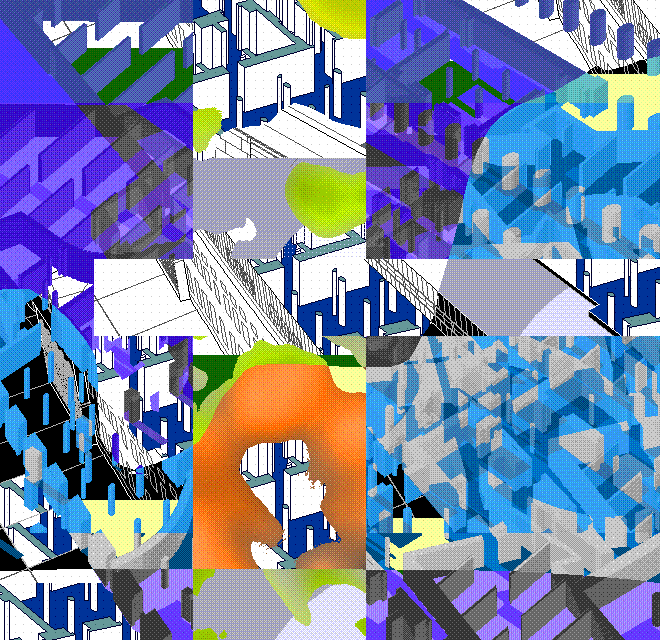
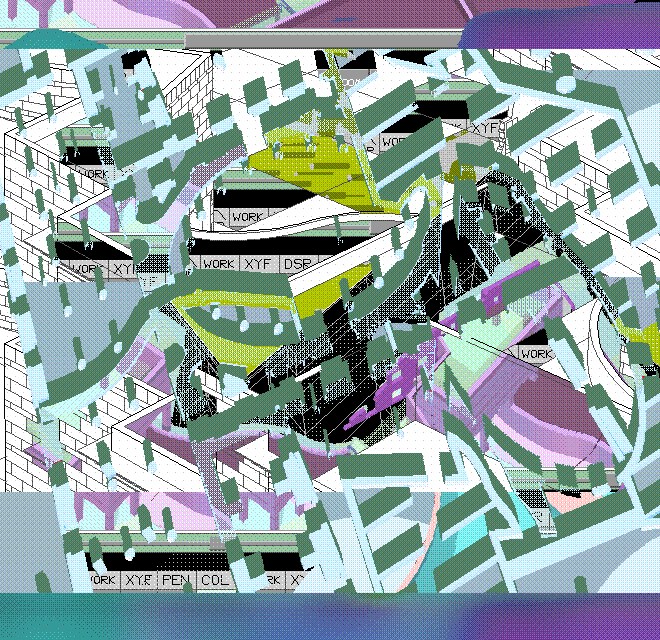
I can't remember exactly, but one of the above is a famous digestion crotch, and another one is a historic virtue versus vice gripper.
20 June 2021
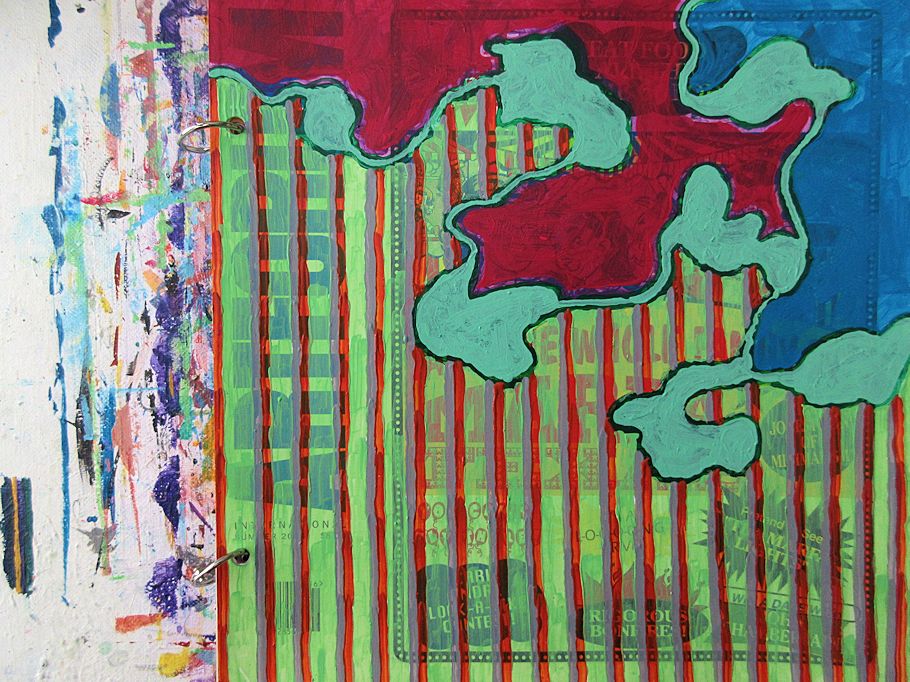
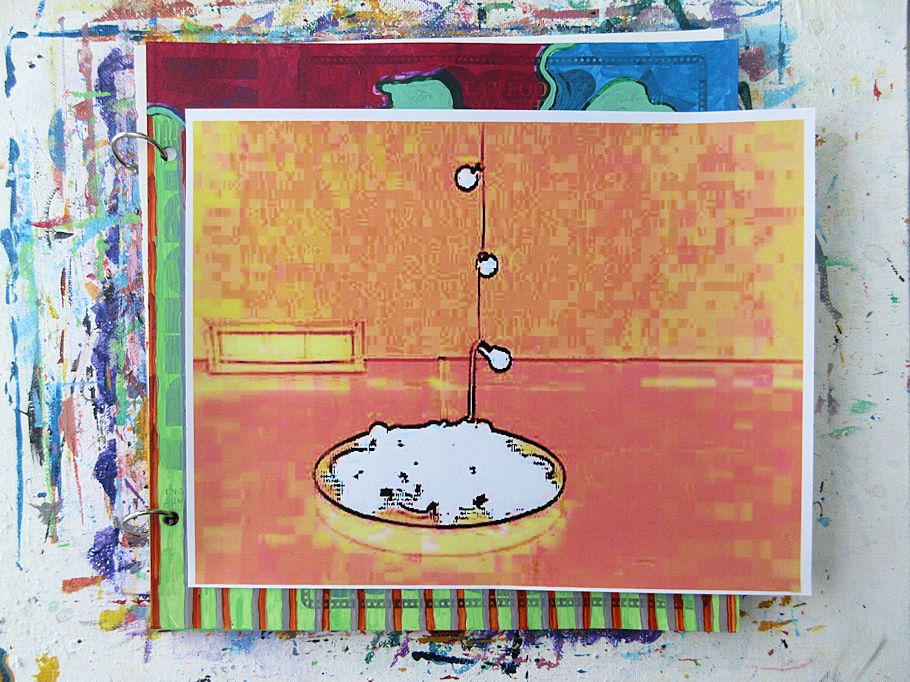
20 June 2022
Assigning a date to the "Caracalla" plate requires educated guesswork. Piranesi's description of the 'Circus of Caracalla' in the Calcographie des Piranesi suggests the beginning of a work in progress, whereas, the description of the Villa Adriani,11 also in the Calcographie des Piranesi, suggests a project well underway. 1777 is the date of Piranesi's preparatory plan drawing (now in Naples) of Hadrian's Villa, and "shortly before his death in 1778 [November 9] Giovanni Battista Piranesi supervised the transfer, by means of tracing, of the Naples drawing to the copper plates from which the Pianta were printed."12 If, as the respective texts in the Calcographie des Piranesi suggest, work on Hadrian's Villa predates work on the Circus of Caracalla, then Piranesi may well have commenced field survey work, one last time in the spring of 1778, at the (so-called) Circus of Caracalla site, and the "Caracalla" plate was etched by the summer solstice, when Piranesi asked for the "Pianta dell antico Foro Romano" and three of the "Ichnographia Campus Martius" copper plates to be brought to his work tables. Thus commencing more "curious and interest work."13
11. "Villa Adriani" General plan of the breath of this villa of an extent of several miles. Another plan of the interior level of his buildings. Plans, divisions and details of all the other buildings remarkable for the elegance, the variety, the very oddity of invention in architecture. The Emperor Hadrian had these monuments executed on the model of what he had noticed most beautiful in Egypt, in Greece; he gave them the Greek names of Prytanée, Pécile, Canopi, etc. It is in this same villa that he brings together the magnificent monuments in sculpture, architecture, in precious marble, the fruit of his conquests and his trips. Also the Villa Adrienne will always be an abundant source of ancient monuments of a generally recognized richness and usefulness.
12. William L. MacDonald and John A. Pinto, Hadrian's Villa and Its Legacy (New Haven, CN: Yale University Press, 1995), p. 257.
13. And speaking of "curious and interesting work," I found the Calcographie des Piranesi, ou, Traité des arts d'architecture, peinture et sculpture : développés par la vue des principaux monumens antiques et modernes 6 June 2022 on a "francesco piranesi" search at archive.org, specifically seeking information on Francesco's 'Icnografia del Circo de Caracalla fuori della Porta Capena in oggi S. Sebastiano.' A copy of the Calcographie des Piranesi from the Getty Research Institute is among the first search results. I dimly recognize the book from many previous "piranesi" searches, but never looked inside the book before. It's all text, no images. Unfortunate, but luckily I think to do a text search of the word "caracalla," and that's when I find an actual text, in French, all about the enigmatic, unsigned site plan of the Tomb of Romulus and the Circus of Maxentius, otherwise "commonly known as Caracalla." Then, after reading the translated text, and even laughing because of the last sentence, "Curious and interesting work," it later dawns on me that those are the words of Giovanni Battista Piranesi himself. Eureka, but now what's curious and interesting is the non-existence of mention of or reference to the Calcographie des Piranesi, ou, Traite´ des arts d'architecture, peinture et sculpture : de´veloppe´s par la vue des principaux monumens antiques et modernes in Scott 1975, Wilton-Ely 1978, MacDonald and Pinto 1995 (who even confidently contemplate an intented Villa Hadriani publication project, which the Calcographie des Piranesi succinctly describes), and Minor 2015 (who writes profoundly of Piranesi's lost words, yet never found Part II of Calcographie des Piranesi, ou, Traite´ des arts d'architecture, peinture et sculpture : de´veloppe´s par la vue des principaux monumens antiques et modernes which is essentially Piranesi's dying wish list).
20 June 2023 Tuesday
I woke up this morning with the feeling that there is something sinister about Bianconi's Historical Praise of the Knight Giovanni Battista Piranesi Famous Antiques Dealer and Engraver of Rome. Granted, I haven't even read the entire text yet; I just had this feeling that Bianconi was set on doing Piranesi some real harm.
It didn't take long to auto-translate and then read the text in English. Surprisingly, I found that most of it wasn't defamatory at all. In fact, Bianconi seems to have had a fairly thorough knowledge of Piranesi's work projects during the last year or so of his life:
After having engraved and published most of the antiquities of Rome and the Roman countryside, after having published the best part of his works, namely the Fasti Consulari and Trionfali taken from the Capitoline marbles, he made several trips to Naples to observe that city, which the magnanimous genius of Charles III, now Monarch of Spain, discovered under the lava and ashes of Vesuvius, which had kept them hidden for almost seventeen centuries. He observed very attentively the measurements, the shape, the plan and the distribution of the theater of Herculaneum, which, although covered and about seventy palms underground, with marvelous artifice can still be seen intact and turned. To Piranesi, as an expert in these things, a glance was worth more than the more tiring measurements to another. He also took the plans of what has so far been discovered of the intact city of Pompeia, an inexhaustible mine of erudition. It seems that he intended to publish all these things, if death did not prevent him, but we hope that the tutelary genius of the fine arts will make up for his children and heirs. It was on that occasion that he went as far as Lucania to see the ruins of the very ancient city of Possidonia, or both of Pesto, and he drew those singular colonnades of temples and basilicas, also witnesses of the ancient greatness of primitive Italics. These he had time to engrave beautifully, and we, who have seen both the ruins and the etchings, are sure of the approval of the public.
He was also doing some research lately on the ruins of the circus said of Caracalla, which can be seen two miles outside the Capena gate, ruins so much more worthy of publicity, since this circus is the only one we know in all the world over, of which sufficient vestiges remain to give us an idea of the circus architecture scene more composed than what has hitherto been believed. Strange thing, Vitruvius does not mention circuses. Having some lover of the arts ancient ones and our acquaintance also made tireless researches on these ruins, we would be happy to do justice to Piranesi's studies here, if of these there had not been a mystery.
The enterprise which more than any other had recently occupied Piranesi was the immense Villa Tiburtina of the Emperor Hadrian, an incomparable monument of all that was most beautiful in antiquity, if the years and barbarism had not destroyed it. By dint of diligence and effort he had discovered the general plan, and copied those few vestiges that can be seen there, after the rest has served to decorate our modern buildings. It is claimed that such an arduous work hastened his death, and God grant that there are as many drawings left as are enough for such an interesting work to be published. Adriano, in addition to being a singular genius in the government of the Roman Empire, was an excellent architect, painter, sculptor, musician, etc.; and it is in this villa that he wanted to leave the memory of many of his studies. Who knows if the architecture was not his work, and if among the statues that are now found there aren't any still by his hand? What is certain is that Aurelius Victor tells us that
Hadrian did not give it to the most illustrious sculptors of Greece.
|